Turn Smart Water Technologies Into Profit Opportunities
In challenging economic times such as these, we need to find new ways to create revenue. With increasing focus on water conservation and efficient irrigation practices come new opportunities. Whether it is simply offering product upgrades to current customers through the bid, or marketing to past customers with aging irrigation systems, a wide variety of efficient product solutions exist in the market today. Many of the new products available today do not require much or any effort above and beyond traditional installation practices and offer your customers a reasonable timeframe for return on investment.

While exploring any upgrade solutions, strong consideration should be paid to getting site pressure as close to optimum as possible for the sprinkler types to be used. Pressure is as important as proper spacing to achieve the greatest possible efficiency in any system. High pressure is as much an enemy to efficiency as low pressure and should be a priority regarding initial design or existing system evaluations. There are a wide variety of solutions on the market today to address high pressure. Pressure can be easily adjusted at the valve with an add-on regulator that allows the installer to select the ideal pressure the sprinkler requires. Additionally, many manufacturers offer pop-up spray sprinklers with built-in pressure regulators pre-set to optimum nozzle requirements.
The simplest form of water conservation upgrade can be a wireless rain sensor, which saves an average 10% of water use. On the high end of control upgrades are “smart” irrigation controllers that adjust irrigation schedules on a daily basis depending on weather conditions. Studies have shown smart controllers can save up to 30% of water use. New products are arriving on the market that are more cost effective and user friendly, making smart controllers an easier sell, especially on residential projects.
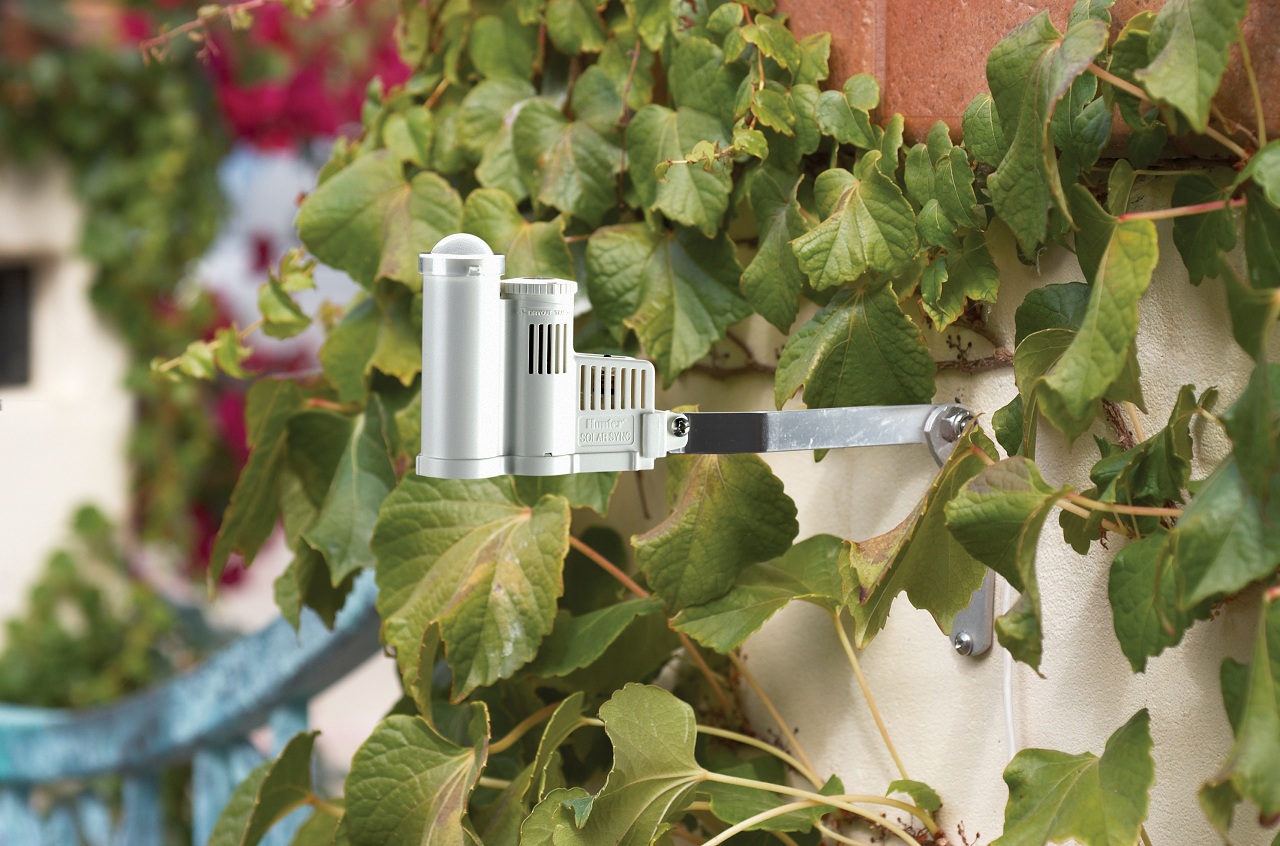
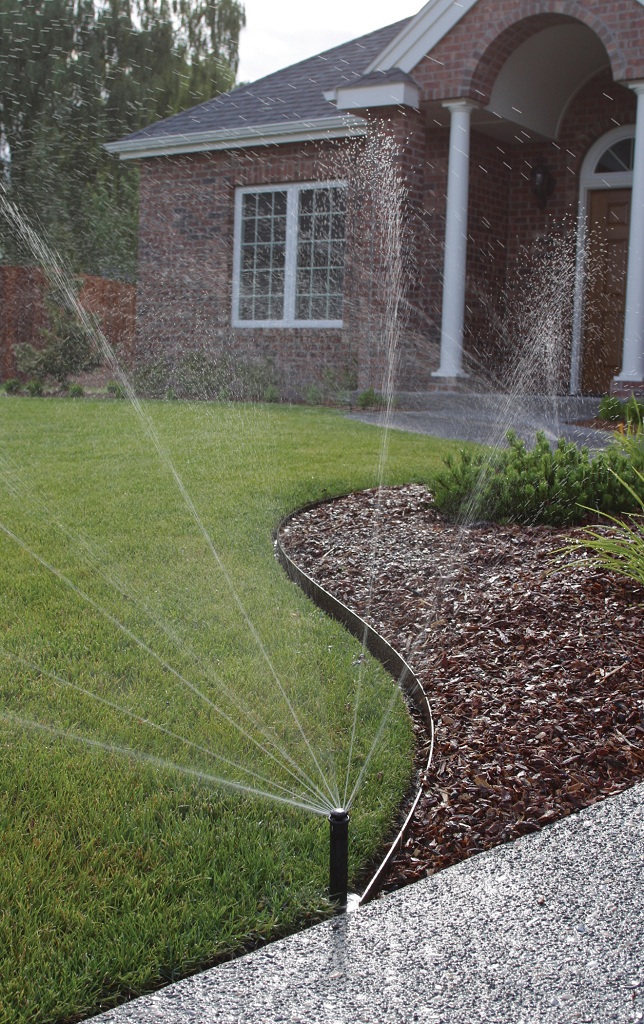
Replacing existing spray nozzles with rotary nozzles, such as MP Rotators, or incorporating them into a new system design provides greater water savings and drastically increased efficiency. In many cases, rotary nozzles can be successful in improving poorly performing spray systems due to low pressure. Because rotary nozzles require less water to operate, they have the advantage of reducing friction losses in an existing system and improving the operating pressure at the head. Additionally, due to lower water requirements of the nozzles, more area can be irrigated with fewer zones, reducing system costs with fewer valves, smaller controller sizes, less pipe, wire, fittings, and labor, as exhibited in this example:
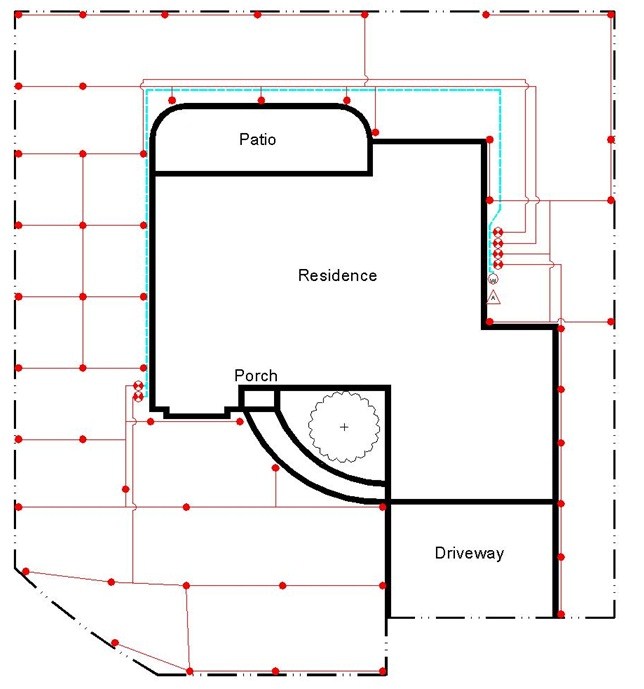 Irrigation Design with Traditional Spray Heads
Irrigation Design with Traditional Spray Heads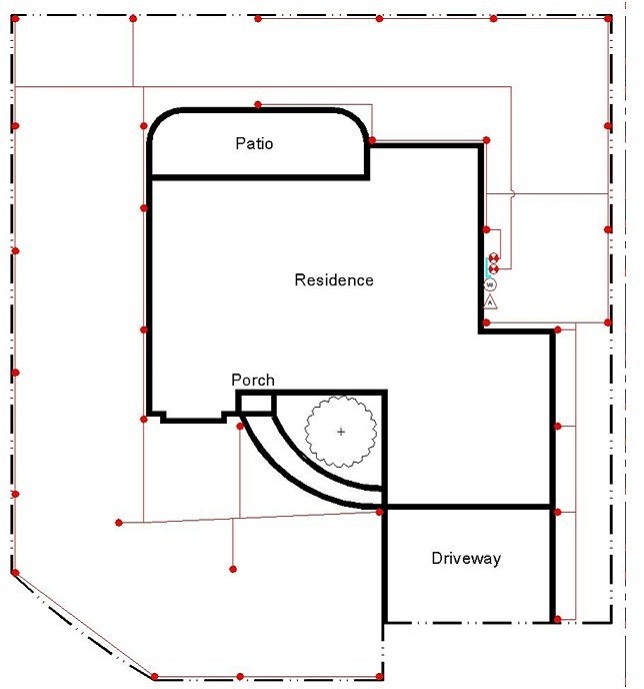 Irrigation Design with MP Rotators
Irrigation Design with MP Rotators
Example Bid Comparison |
|||||||||
Sprays |
MP Rotators |
||||||||
| No. | Price Per Unit | Cost | No. | Price Per Unit | Cost | ||||
| Valves: | 6 | $225.00 | $1,350.00 | Valves: | 2 | $225.00 | $450.00 | ||
| Mainline: | 150 Feet | $2.50/ft. | $375.00 | Mainline: | 15 Feet | $2.50/ft. | $37.50 | ||
| Laterals: | 800 Feet | $1.50/ft. | $1,200.00 | Laterals: | 600 Feet | $1.50/ft. | $900.00 | ||
| Sprinklers: | 55 | $15.00/sprinkler | $825.00 | Sprinklers: | 34 | $18.00/sprinkler | $612.00 | ||
| Controller: | 6 Station | $275.00 | $275.00 | Controller: | 3 Station | $225.00 | $225.00 | ||
| Wire: | 175 Feet | $0.12/ft. | $21.00 | Wire: | 20 Feet | $0.12/ft. | $2.40 | ||
| Bid Price: | $4,046.00 | Bid Price: | $2,226.90 | ||||||
| Water Consumption: | 77.4 GPM | Water Consumption: | 21.3 GPM | ||||||
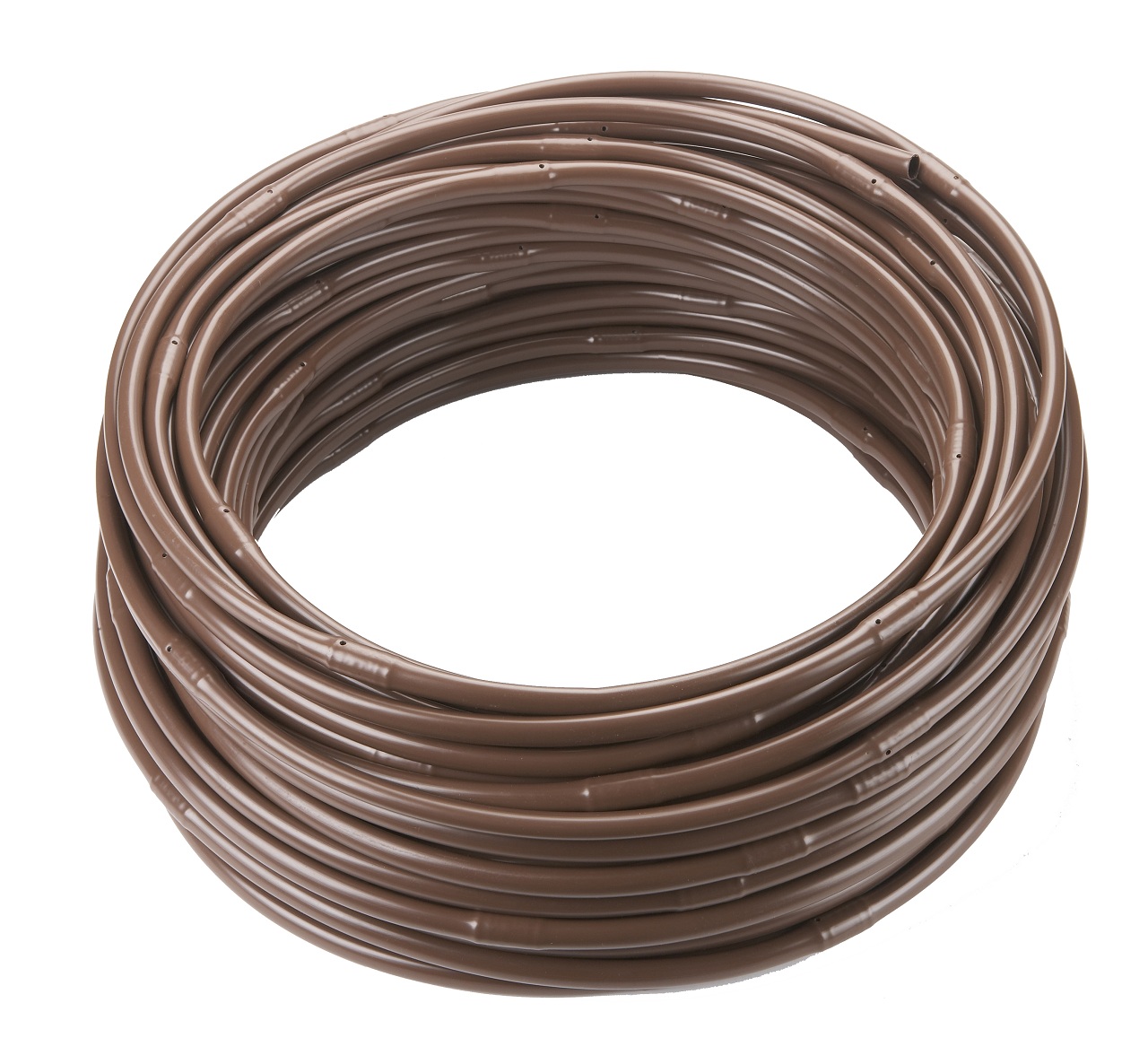 Drip tubing with pre-installed, in-line emitters offers substantial advantages over traditional irrigation methods in not only water savings, but also time and cost considerations. In many cases the tubing can be simply “snaked” through planters and then mulched over. Winterization can be a snap by incorporating threaded caps on line ends that can be removed for blow out.
Drip tubing with pre-installed, in-line emitters offers substantial advantages over traditional irrigation methods in not only water savings, but also time and cost considerations. In many cases the tubing can be simply “snaked” through planters and then mulched over. Winterization can be a snap by incorporating threaded caps on line ends that can be removed for blow out.
On any projects with elevation changes, check valves should be installed, at the very minimum, on the lowest heads. One hundred feet of 1” pipe on single zone can waste 4 gallons of water per zone cycle through low-head drainage. On a 12-zone system, that equates to 48 gallons per irrigation day. Beyond saving water, check valves will also protect the sprinkler from the water hammer that occurs every time the valve turns on and water rushes to fill the empty lateral line, greatly increasing sprinkler longevity.
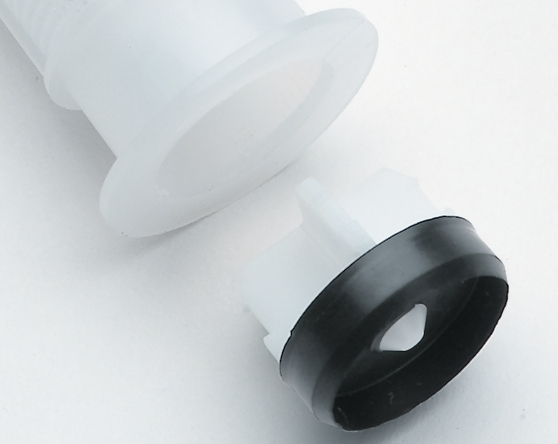 One last note when working on improvement of older existing systems: sprinklers should be reset to proper grade level, screens cleaned, and nozzles replaced. Nozzles on both spray heads and rotors will wear over time and lower the ability for water to be sprayed efficiently. It is a good idea to check with your local irrigation distributor to see if there are newer, more efficient nozzles available for existing, installed sprinklers.
One last note when working on improvement of older existing systems: sprinklers should be reset to proper grade level, screens cleaned, and nozzles replaced. Nozzles on both spray heads and rotors will wear over time and lower the ability for water to be sprayed efficiently. It is a good idea to check with your local irrigation distributor to see if there are newer, more efficient nozzles available for existing, installed sprinklers.
Taking advantage of new smart irrigation technologies on the market today provides solid profit opportunities in a down economy while offering a measurable return on investment for customers. Implementing these technologies into your design and business plan will help your company gain a competitive edge on new projects, increase profitability, and create opportunity to contact past customers with older irrigation systems.
Troy Leezy is the Marketing Manager for Hunter Industries and a Certified Irrigation Designer, Water Auditor and Water Conservation Manager.

